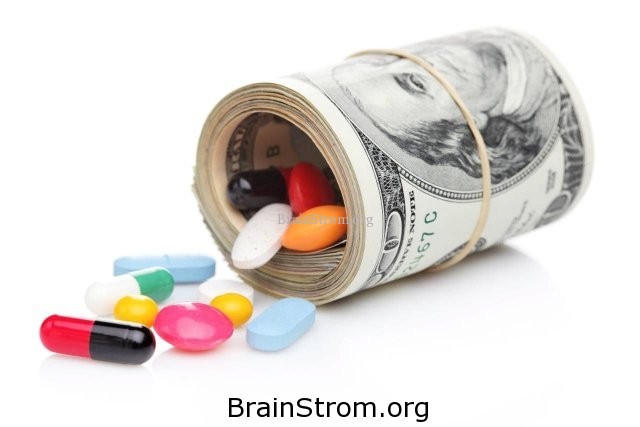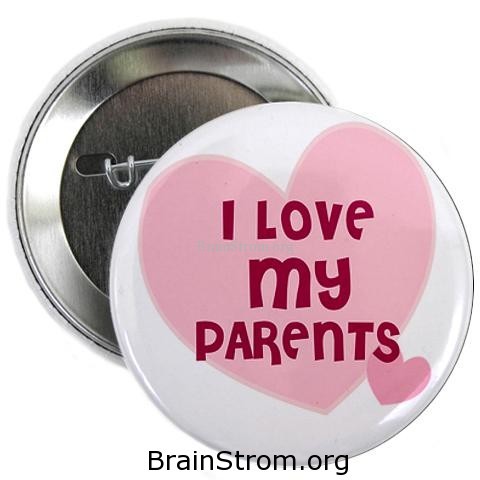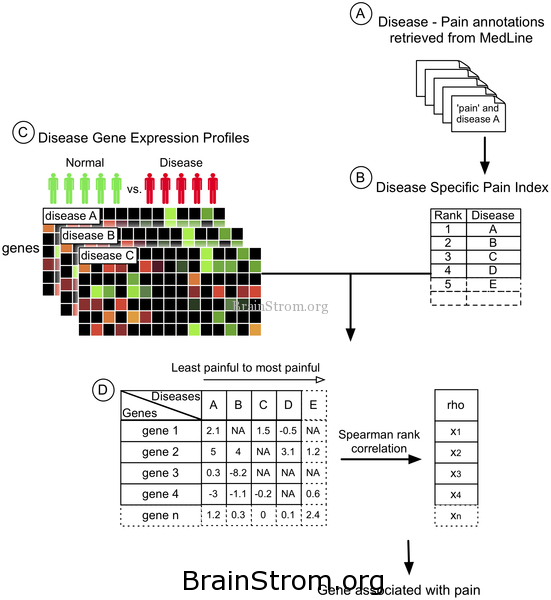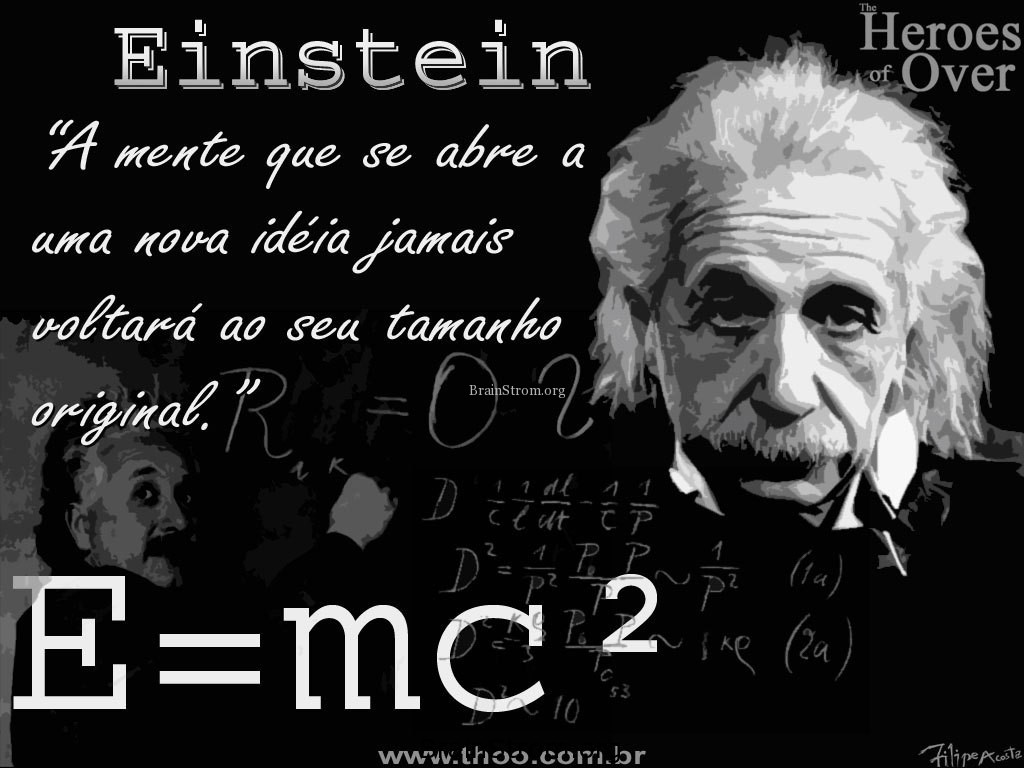1 Carry your opponent’s proposition beyond its natural limits; exaggerate it.
The more general your opponent’s statement becomes, the more objections you can find against it.
The more restricted and narrow your own propositions remain, the easier they are to defend.
2 Use different meanings of your opponent’s words to refute his argument.
Example: Person A says, “You do not understand the mysteries of Kant’s philosophy.”
Person B replies, “Of, if it’s mysteries you’re talking about, I’ll have nothing to do with them.”
3 Ignore your opponent’s proposition, which was intended to refer to some particular thing.
Rather, understand it in some quite different sense, and then refute it.
Attack something different than what was asserted.
4 Hide your conclusion from your opponent until the end.
Mingle your premises here and there in your talk.
Get your opponent to agree to them in no definite order.
By this circuitous route you conceal your goal until you have reached all the admissions necessary to reach your goal.
5 Use your opponent’s beliefs against him.
If your opponent refuses to accept your premises, use his own premises to your advantage.
Example, if the opponent is a member of an organization or a religious sect to which you do not belong, you may employ the declared opinions of this group against the opponent.
6 Confuse the issue by changing your opponent’s words or what he or she seeks to prove.
Example: Call something by a different name: “good repute” instead of “honor,” “virtue” instead of “virginity,” “red-blooded” instead of “vertebrates”.
7 State your proposition and show the truth of it by asking the opponent many questions.
By asking many wide-reaching questions at once, you may hide what you want to get admitted.
Then you quickly propound the argument resulting from the proponent’s admissions.
8 Make your opponent angry.
An angry person is less capable of using judgment or perceiving where his or her advantage lies.
9 Use your opponent’s answers to your question to reach different or even opposite conclusions.
10 If you opponent answers all your questions negatively and refuses to grant you any points, ask him or her to concede the opposite of your premises.
This may confuse the opponent as to which point you actually seek him to concede.
11 If the opponent grants you the truth of some of your premises, refrain from asking him or her to agree to your conclusion.
Later, introduce your conclusions as a settled and admitted fact.
Your opponent and others in attendance may come to believe that your conclusion was admitted.
12 If the argument turns upon general ideas with no particular names, you must use language or a metaphor that is favorable to your proposition.
Example: What an impartial person would call “public worship” or a “system of religion” is described by an adherent as “piety” or “godliness” and by an opponent as “bigotry” or “superstition.”
In other words, inset what you intend to prove into the definition of the idea.
13 To make your opponent accept a proposition , you must give him an opposite, counter-proposition as well.
If the contrast is glaring, the opponent will accept your proposition to avoid being paradoxical.
Example: If you want him to admit that a boy must to everything that his father tells him to do, ask him, “whether in all things we must obey or disobey our parents.”
Or , if a thing is said to occur “often” you are to understand few or many times, the opponent will say “many.”
It is as though you were to put gray next to black and call it white; or gray next to white and call it black.
14 Try to bluff your opponent.
If he or she has answered several of your question without the answers turning out in favor of your conclusion, advance your conclusion triumphantly, even if it does not follow.
If your opponent is shy or stupid, and you yourself possess a great deal of impudence and a good voice, the technique may succeed.
15 If you wish to advance a proposition that is difficult to prove, put it aside for the moment.
Instead, submit for your opponent’s acceptance or rejection some true proposition, as though you wished to draw your proof from it.
Should the opponent reject it because he suspects a trick, you can obtain your triumph by showing how absurd the opponent is to reject an obviously true proposition.
Should the opponent accept it, you now have reason on your side for the moment.
You can either try to prove your original proposition, as in #14, maintain that your original proposition is proved by what your opponent accepted.
For this an extreme degree of impudence is required, but experience shows cases of it succeeding.
16 When your opponent puts forth a proposition, find it inconsistent with his or her other statements, beliefs, actions or lack of action.
Example: Should your opponent defend suicide, you may at once exclaim, “Why don’t you hang yourself?”
Should the opponent maintain that his city is an unpleasant place to live, you may say, “Why don’t you leave on the first plane?”
17 If your opponent presses you with a counter-proof, you will often be able to save yourself by advancing some subtle distinction.
Try to find a second meaning or an ambiguous sense for your opponent’s idea.
18 If your opponent has taken up a line of argument that will end in your defeat, you must not allow him to carry it to its conclusion.
Interrupt the dispute, break it off altogether, or lead the opponent to a different subject.
19 Should your opponent expressly challenge you to produce any objection to some definite point in his argument, and you have nothing to say, try to make the argument less specific.
Example: If you are asked why a particular hypothesis cannot be accepted, you may speak of the fallibility of human knowledge, and give various illustrations of it.
20 If your opponent has admitted to all or most of your premises, do not ask him or her directly to accept your conclusion.
Rather, draw the conclusion yourself as if it too had been admitted.
21 When your opponent uses an argument that is superficial and you see the falsehood, you can refute it by setting forth its superficial character.
But it is better to meet the opponent with acounter-argument that is just as superficial, and so dispose of him.
For it is with victory that you are concerned, not with truth.
Example: If the opponent appeals to prejudice, emotion or attacks you personally, return the attack in the same manner.
22 If your opponent asks you to admit something from which the point in dispute will immediately follow, you must refuse to do so, declaring that it begs the question.
23 Contradiction and contention irritate a person into exaggerating their statements.
By contradicting your opponent you may drive him into extending the statement beyond its natural limit.
When you then contradict the exaggerated form of it, you look as though you had refuted the original statement.
Contrarily, if your opponent tries to extend your own statement further than your intended, redefine your statement’s limits and say, “That is what I said, no more.”
24 State a false syllogism.
Your opponent makes a proposition, and by false inference and distortion of his ideas you force from the proposition other propositions that are not intended and that appear absurd.
It then appears that opponent’s proposition gave rise to these inconsistencies, and so appears to be indirectly refuted.
25 If your opponent is making a generalization, find an instance to the contrary.
Only one valid contradiction is needed to overthrow the opponent’s proposition.
Example: “All ruminants are horned,” is a generalization that may be upset by the single instance of the camel.
26 A brilliant move is to turn the tables and use your opponent’s arguments against himself.
Example: Your opponent declares: “so and so is a child, you must make an allowance for him.”
You retort, “Just because he is a child, I must correct him; otherwise he will persist in his bad habits.”
27 Should your opponent suprise you by becoming particularly angry at an argument, you must urge it with all the more zeal.
No only will this make your opponent angry, but it will appear that you have put your finger on the weak side of his case, and your opponent is more open to attack on this point than you expected.
28 When the audience consists of individuals (or a person) who is not an expert on a subject, you make an invalid objection to your opponent who seems to be defeated in the eyes of the audience.
This strategy is particularly effective if your objection makes your opponent look ridiculous or if the audience laughs.
If your opponent must make a long, winded and complicated explanation to correct you, the audience will not be disposed to listen to him.
29 If you find that you are being beaten, you can create a diversion–that is, you can suddenly begin to talk of something else, as though it had a bearing on the matter in dispute.
This may be done without presumption if the diversion has some general bearing on the matter.
30 Make an appeal to authority rather than reason.
If your opponent respects an authority or an expert, quote that authority to further your case.
If needed, quote what the authority said in some other sense or circumstance.
Authorities that your opponent fails to understand are those which he generally admires the most.
You may also, should it be necessary, not only twist your authorities, but actually falsify them, or quote something that you have entirely invented yourself.
31 If you know that you have no reply to the arguments that your opponent advances, you by a find stroke of irony declare yourself to be an incompetent judge.
Example: “What you say passes my poor powers of comprehension; it may well be all very true, but I can’t understand it, and I refrain from any expression of opinion on it.”
In this way you insinuate to the audience, with whom you are in good repute, that what your opponent says is nonsense.
This technique may be used only when you are quite sure that the audience thinks much better of you than your opponent.
32 A quick way of getting rid of an opponent’s assertion, or of throwing suspicion on it, is by putting it into some odious category.
Example: You can say, “That is fascism” or “Atheism” or “Superstition.”
In making an objection of this kind you take for granted
1)That the assertion or question is identical with, or at least contained in, the category cited;
and
2)The system referred to has been entirely refuted by the current audience.
33 You admit your opponent’s premises but deny the conclusion.
Example: “That’s all very well in theory, but it won’t work in practice.”
34 When you state a question or an argument, and your opponent gives you no direct answer, or evades it with a counter question, or tries to change the subject, it is sure sign you have touched a weak spot, sometimes without intending to do so.
You have, as it were, reduced your opponent to silence.
You must, therefore, urge the point all the more, and not let your opponent evade it, even when you do not know where the weakness that you have hit upon really lies.
35 Instead of working on an opponent’s intellect or the rigor of his arguments, work on his motive.
If you success in making your opponent’s opinion, should it prove true, seem distinctly prejudicial to his own interest, he will drop it immediately.
Example: A clergyman is defending some philosophical dogma.
You show him that his proposition contradicts a fundamental doctrine of his church.
He will abandon the argument.
36 You may also puzzle and bewilder your opponent by mere bombast.
If your opponent is weak or does not wish to appear as if he has no idea what your are talking about, you can easily impose upon him some argument that sounds very deep or learned, or that sounds indisputable.
37 Should your opponent be in the right but, luckily for you, choose a faulty proof, you can easily refute it and then claim that you have refuted the whole position.
This is the way in which bad advocates lose good cases.
If no accurate proof occurs to your opponent, you have won the day.
38 Become personal, insulting and rude as soon as you perceive that your opponent has the upper hand.
In becoming personal you leave the subject altogether, and turn your attack on the person by remarks of an offensive and spiteful character.
This is a very popular technique, because it takes so little skill to put it into effect.
from Schopenhauer’s “The Art of Controversy”Ways W
Thanks for installing the Bottom of every post plugin by Corey Salzano. Contact me if you need custom WordPress plugins or website design.
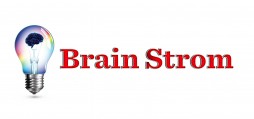
 Mystery Sport is a tourist attraction near Santa Cruz, California, famous because of its disrespect to the laws of physics and gravity. The odd cabin, although seems like lying on flat ground, makes those who enter inside swinging all the time. The most probable theory that tries to explain this says that it’s all about “tilt-induced visual illusion. The illusion experienced by visitors results from the oddly tilted environment as well as standing on a tilted floor. Inside the tilted room of the Mystery Spot misperceptions of the height and orientation of objects occur. Even when people are standing outside on a level ground, the slant of the building in the background causes misperceptions as we judge the height of people using the slant of the roof rather than the true horizon.”
Mystery Sport is a tourist attraction near Santa Cruz, California, famous because of its disrespect to the laws of physics and gravity. The odd cabin, although seems like lying on flat ground, makes those who enter inside swinging all the time. The most probable theory that tries to explain this says that it’s all about “tilt-induced visual illusion. The illusion experienced by visitors results from the oddly tilted environment as well as standing on a tilted floor. Inside the tilted room of the Mystery Spot misperceptions of the height and orientation of objects occur. Even when people are standing outside on a level ground, the slant of the building in the background causes misperceptions as we judge the height of people using the slant of the roof rather than the true horizon.”
